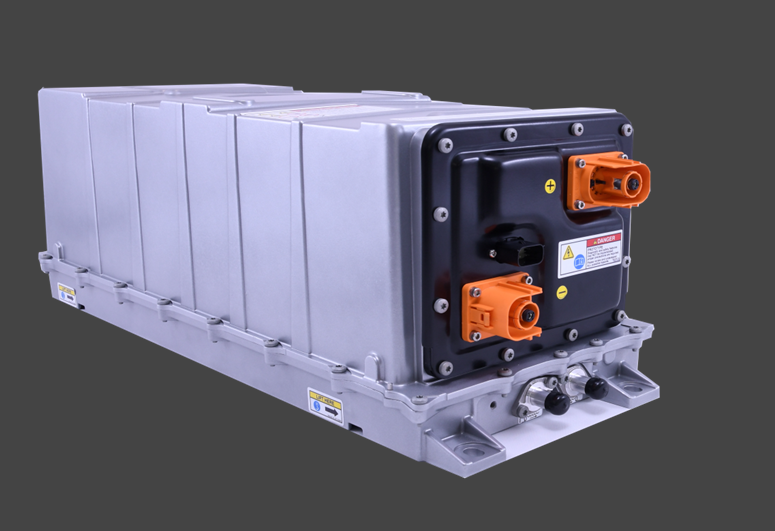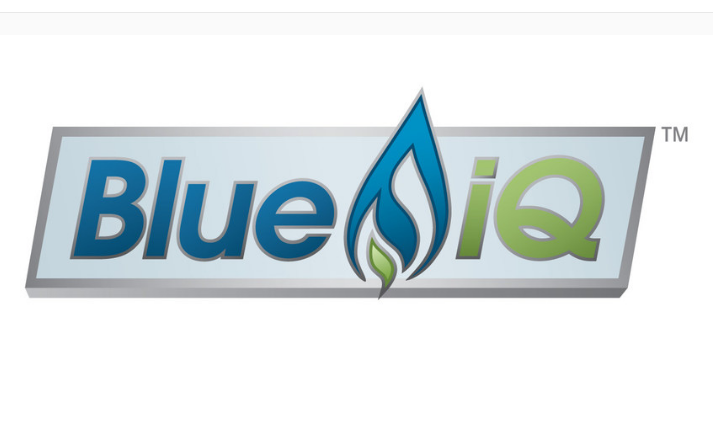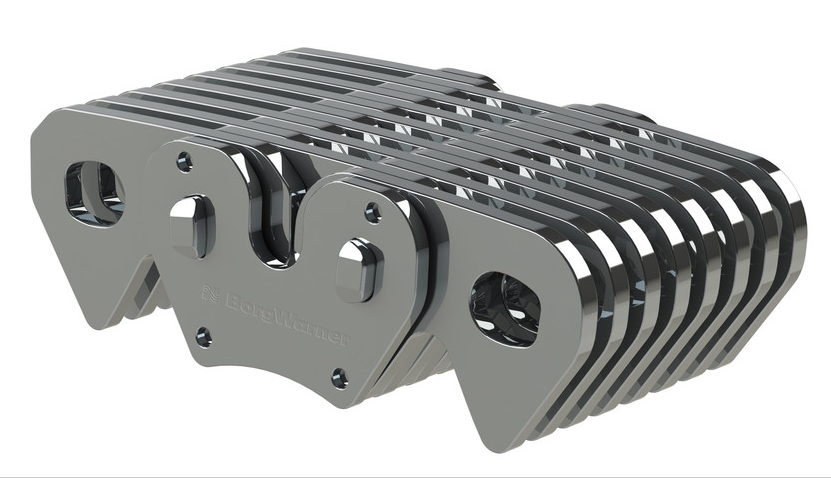 Cummins Westport Inc. says it introduced its new ISB6.7 G dedicated natural gas engine to the Type C school bus market at the North American School Bus Show – STN Expo Conference and Trade Show in Reno, Nev.
Cummins Westport Inc. says it introduced its new ISB6.7 G dedicated natural gas engine to the Type C school bus market at the North American School Bus Show – STN Expo Conference and Trade Show in Reno, Nev.
The company initially debuted the factory-built, 6.7-liter engine at the 2015 Alternative Clean Transportation Expo in May. The company said the midrange engine is targeted for school bus, shuttle bus, medium-duty truck and vocational applications.
The ISB6.7 G natural gas engine is based on the medium-duty Cummins ISB6.7 diesel engine platform. The ISB6.7 G will operate exclusively on natural gas (compressed, liquefied or renewable) utilizing Cummins Westport's proprietary spark-ignited, stoichiometric combustion with cooled exhaust gas recirculation (SEGR) technology, first introduced with the 8.9-liter ISL G.
According to Cummins Westport, the ISB6.7 G features three-way catalyst aftertreatment, which is packaged as a muffler and is maintenance-free. No diesel particulate filter or selective catalytic reduction aftertreatment will be required, the company adds.
Preliminary specifications include a range of ratings to 260 hp and 660 lb-ft torque and automatic transmission capability to meet customer and original equipment manufacturer requirements.
The ISB6.7 G will be manufactured at the Cummins Rocky Mount Engine Plant in Whitakers, N.C. Currently in field trials, the ISB6.7 G will be in full production by mid-2016.
‘We are pleased to display the ISB6.7 G to pupil transportation professionals from across the United States and worldwide here at the STN Expo,’ said Rob Neitzke, president of Cummins Westport. ‘The ISB6.7 G is the natural choice for Type C school bus customers desiring clean, quiet and safe operations with diesel-like power and performance.’
Cummins Westport says the ISB6.7 G will be certified at launch to meet the U.S. Environmental Protection Agency and California Air Resources Board emissions standards of 0.20 g/bhp-hr nitrogen oxides and 0.01 g/bhp-hr particulate matter, as well as 2017 U.S. greenhouse-gas and fuel-economy regulations.






